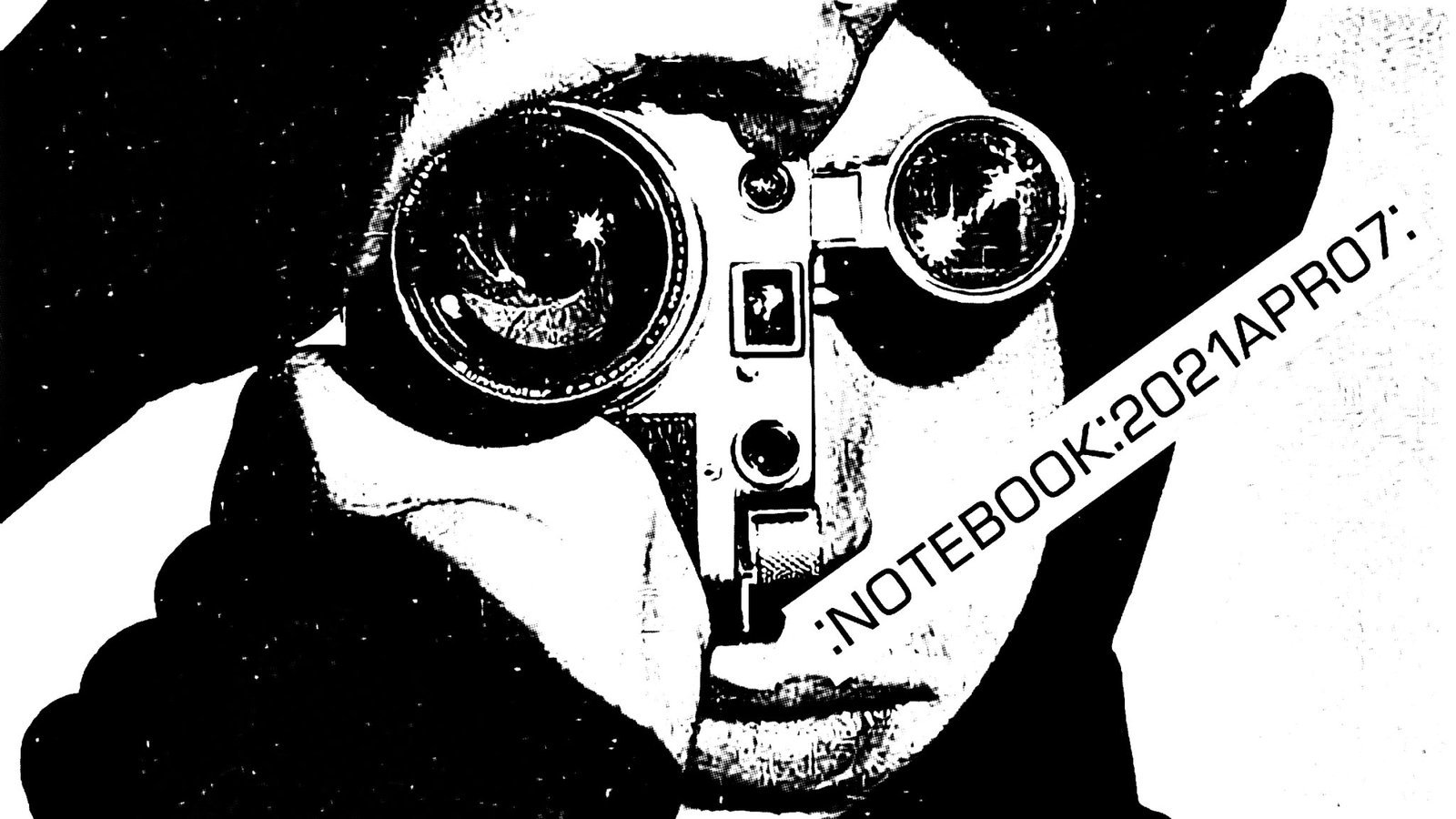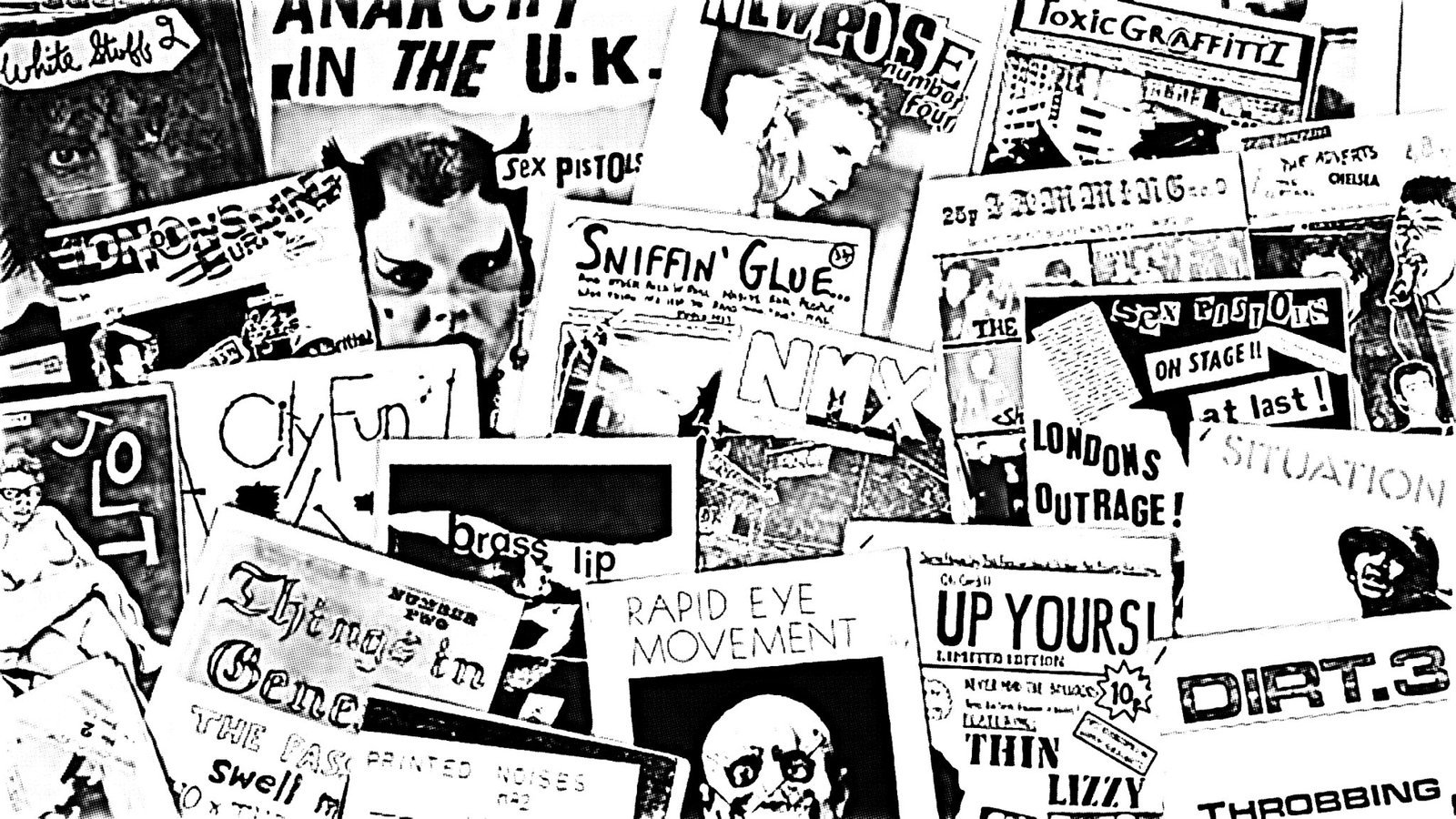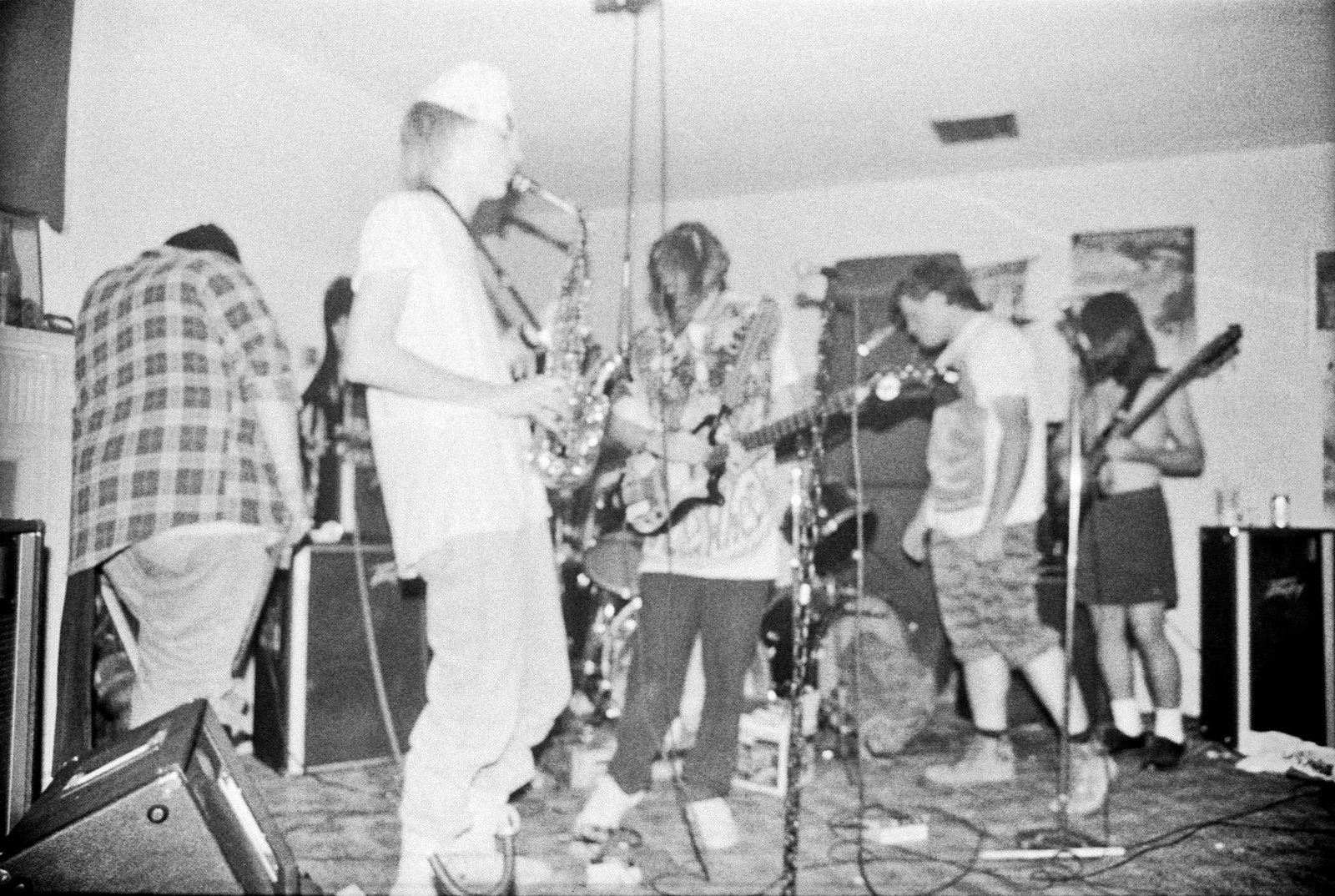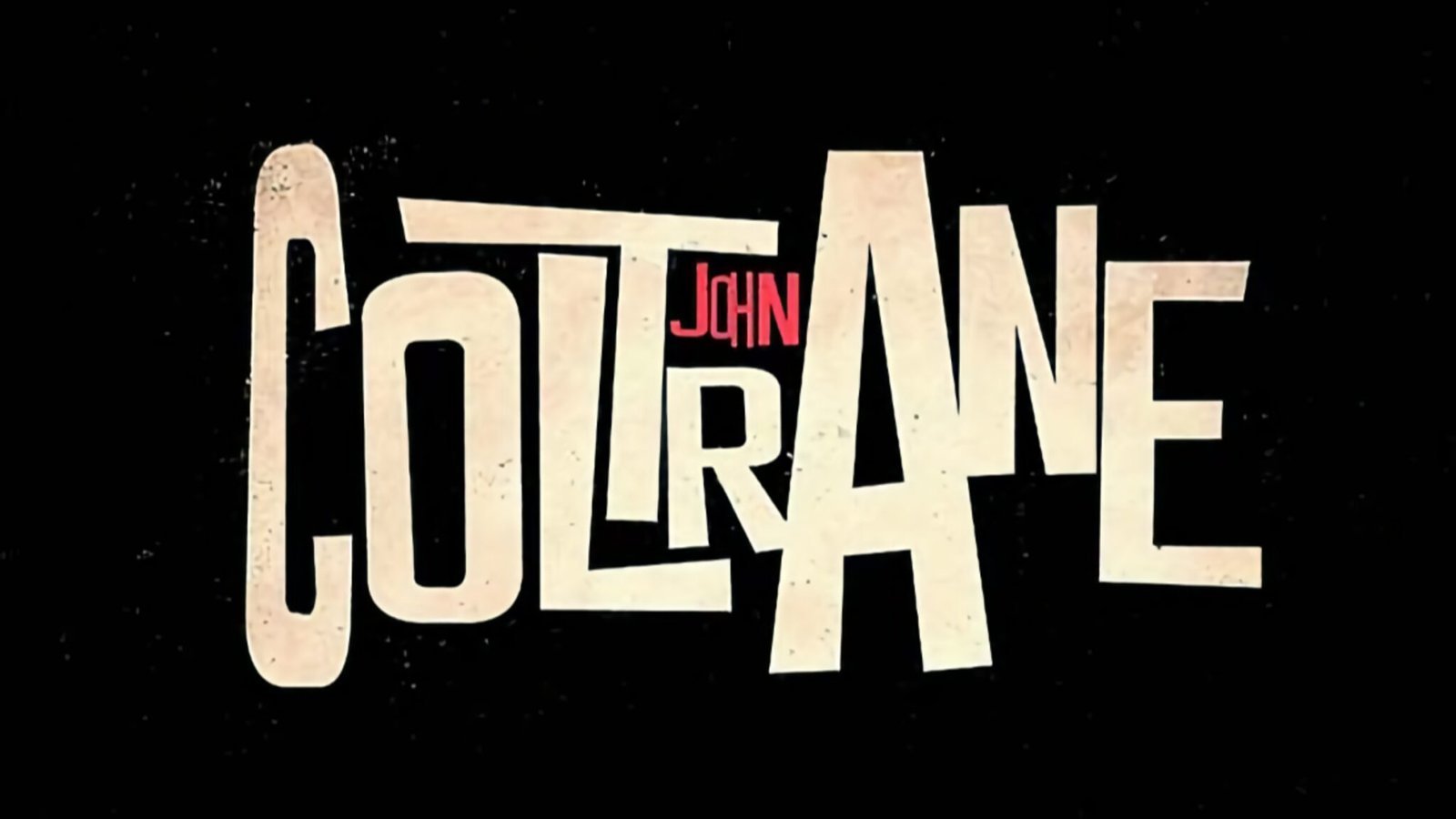
Discovery vs. Intention → What a fun conversation between Brian Eno and Stewart Brand, promoting We Are As Gods, a new documentary on Brand’s fascinating life. The first half uses Eno’s soundtrack contribution as a topic launching pad. The conversation touches on the intersection of film scoring with ambient music, how multi-track recording brought music closer to painting, and how endless options are making us all permanent curators. My favorite part comes at 17:00 when Brand asks Eno to differentiate, in terms of the creative process, discovery from intention:
I think the thing that decides that is whether you’ve got a deadline or not (laughs). The most important element in my working life, a lot of the time, is a deadline. The reason it’s important is it makes you realize you’ve got to stop pissing around. You have to finally decide on something. Whether I finish something or not completely depends on whether [a piece of music] has a destination and a deadline.
Eno goes on to describe his fabled archive of half-finished music — “6790 pieces … I noticed today” — most of which is created through discovery, i.e., “pissing around.” Then, when he gets an assignment (a destination with a deadline), he pulls something relevant to the project from the archive and finishes it. That’s an inspiring process and one I’d love to replicate.
I wonder how much time Eno spends “pissing around” and building this archive. I imagine an ideal would be one or two hours a day. And I’m curious how he decides on and enforces self-imposed deadlines to move his own projects forward.
Oh, and this quote in the video from Eno is a keeper: “What I like better than underlining is undermining.”
——————
Etcetera → Seth Godin’s advice on how to make your Zoom calls better. Now I want a beam splitter. ❋ This 2015 compilation is a psychedelic overview of On-U Sound’s post-punk dub: Trevor Jackson Presents: Science Fiction Dancehall Classics. ❋ Writer Ernest Wilkins explains why he’s joining the parade of newsletter publishers leaving Substack. This part is especially eye-opening: “I’ve lost anywhere between $400 and $1100 in churned subscriber revenue due to paid subscribers not wanting to give money to this platform anymore. I need it to be clear that for the two years on Substack before this, I had a 0% subscriber churn rate.” ❋ I’m excited about this forthcoming documentary on ‘sound activist’ Matthew Herbert, A Symphony of Noise. ❋ Kevin Shields of My Bloody Valentine in The New York Times: “My nieces and nephews — they would complain to me, ‘Why are you so purposely obscure? You know, it seems stupid.'”
——————
Rachika Nayar – Our Hands Against The Dusk → I’ve been delightfully obsessed with Rachika Nayar‘s debut album over the past couple of weeks. The Brooklyn-based artist (in both visuals and sound) has accomplished some heavy-lifting with Our Hands Against The Dusk — the album is unabashedly experimental and uncompromising but somehow remains accessible and, yes, beautiful. Guitar is the main instrument throughout, but it’s looped, processed, and sometimes ‘glitched’ into unfamiliarity. The opening track, “The Trembling of Glass,” is an introductory window to Nayar’s technique, with layers of texture and manipulation swept away in the last half to reveal a bare acoustic motif. It hooked me in straight away.
Interviewed in Magnetic, Nayar explains her method:
I see one aspect of my process on this album as tearing up an instrumental sample into a million pieces and then putting those fragments through cycles of recombination … these processes feel to me like exploring a single idea through multiple and multiplying perspectives — seeing one thing in all its different realities and selves.
When one listens closely, there are many opportunities to identify what Nayar is up to, but her execution is nuanced and organic, despite the music’s inherent digitalness. One hears these ‘million pieces’ as a whole, as guitars ring with hopeful tones on “New Strands” and pianos and cellos combine and intertwine on “No Future.” The effect is mesmerizing — dancing somewhere between music that’s ambient, experimental, and influenced by modern classical — but, most of all, it’s affecting. The emotion that went into creating this album is anything but disguised.
Our Hands Against The Dusk is the most impressive debut I’ve heard in a while. Don’t hesitate to open your ears and heart to it.



